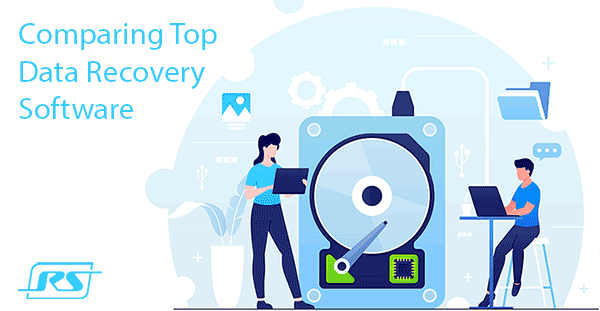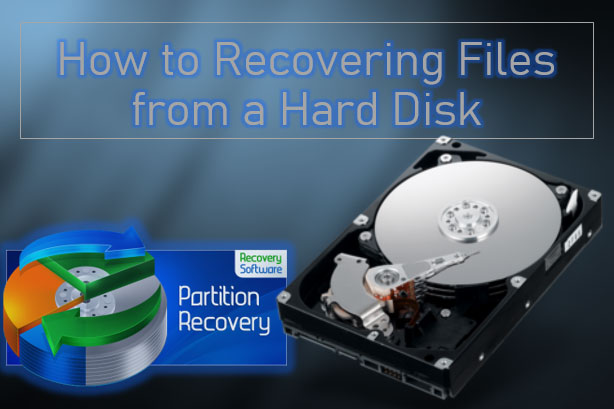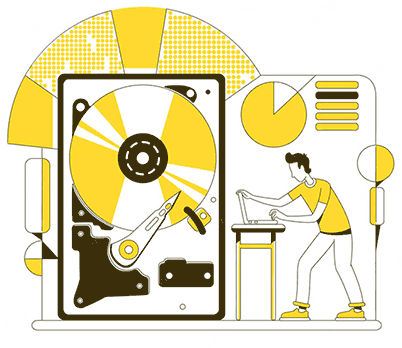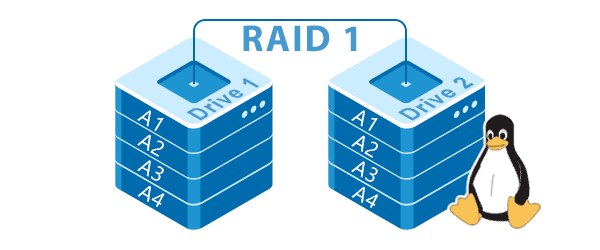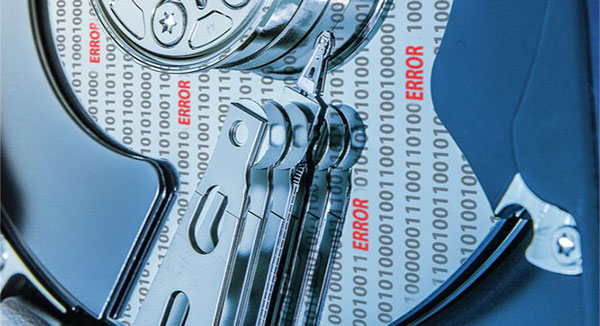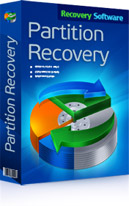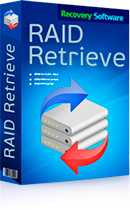- Den Broosen |
- |
- 8 min. Reading |
How to recover data from X-RAID Netgear? The technology of building an X-RAID array on Netgear ReadyNAS NAS devices has certain advantages but also has its own nuances. And when it comes to data recovery, it requires support from specialized programs. Let's take a look at how one of these programs works.


